Betting on the Impact of Synthetic Biology In Healthcare
Jenny Rooke drives innovation in the life sciences field through investing and business building around brilliant scientists and engineers with novel technologies. Prior, Jenny held multiple executive roles at U.S. Genomics.
Over the holidays, I found myself fielding relatives' questions about my interests in synthetic biology -- including every scientist's favorite, "Now, what practical applications can that be used for?"
The geneticist in me enthusiastically counters, "What can't it be used for?!" I am an ardent believer in the potential of synthetic biology – its technologies, methods, and talented practitioners – to transform human life on just about every dimension: What we eat, how we make things, the character of our environment and how we move through it, how we are born, and, eventually, how long we live.
My more circumspect investor side is forced to admit that the evidence base of practical (not to mention profitable) applications of synthetic biology remains, shall we say, a work in progress. The first wave of synthetic biology companies that focused on energy/biofuels has been largely disappointing commercially, despite some notable technical successes, due in part to challenges related to scale-up, feedstock economics, and distribution. The current center of mass of the synthetic biology proto-economy appears to be in chemicals biomanufacturing -- in particular specialty chemicals, where higher margins and smaller volumes may enable these companies to avoid (or at least reduce) some of the hurdles of their predecessors. However, that remains to be seen and unqualified success stories are still few.
It seems reasonable to search for proof cases of synthetic biology’s utility in human health; after all, the vast majority of biotechnology’s impact to date (practically and financially) has been in healthcare, including the creation of entirely novel categories of therapeutics and molecular diagnostics. And it is true that the most populous category of synthetic biology companies in the Woodrow Wilson Center's Synthetic Biology Project inventory is medicine: 46 companies compared to 31 in chemicals (though I'd argue that the inventory’s inclusiveness strains the definition -- Genzyme and Vertex Pharmaceuticals as "synthetic biology" companies?). So why aren't there more examples of health applications available to help us make the case of synthetic biology’s practical uses to our families and friends -- and to our LPs?
To be fair, it's early yet to expect too many synthetic biology success stories in medicine. Synthetic biology as a field is just over a decade old and if it takes on average a decade for a new drug to move from the lab to the market, well, the math is obvious. In addition, there remain a great deal of technical, clinical, and safety risk inherent to applying synthetic biology technologies to human health problems (consider the painful lessons from the analogous field of gene therapy). This helps explain the reluctance of incumbent healthcare companies and traditional healthcare investors to make big bets on synthetic biology until the technology's practical utility is more proven (more on this catch-22 in a future post).
But when your mission includes audacious goals like eradicating malaria you have to press all available tools into service, including as-yet unproven technologies.
Such is the rationale of the Bill & Melinda Gates Foundation, one organization that is betting on the practical uses of synthetic biology in human health. The foundation is a long-time supporter of synthetic biology as applied to biomanufacturing via grants to Amyris to enable the semi-synthetic production of the anti-malarial drug artemisinin. More recently, in 2011 and 2012, the Bill & Melinda Gates Foundation put out a call for grant applications to "Apply Synthetic Biology to Global Health Challenges" under its Global Health division, which aims to harness advances in science and technology to save lives in developing countries. The foundation's Grand Challenges Explorations, or GCE, program is an ideal mechanism for fostering applications of synthetic biology. The program supports bold ideas and unconventional thinking, and its two-page, accelerated application process is accessible to applicants from a broad range of scientific and engineering fields and organizations -- an excellent fit for synthetic biology's highly multi-disciplinary nature.
From the over 700 applications received, the foundation awarded a total of thirty $100,000 grants to fund projects selected for their innovativeness and potential impact. The largest category of applications and awards (13 out of 30) was the use of synthetic biology to create novel diagnostics and biosensors. This is not surprising, considering (1) the strong early and ongoing work in genetic circuits and whole-cell biosensors that is the foundation of the synthetic biology field, and (2) the (relatively) lower regulatory and safety hurdles for diagnostics compared to other health interventions. Other proposed uses included therapeutics, vaccines, strategies for biomanufacturing of health products, as well as tools and platforms that could further global health research.
A few of the innovations supported by the foundation have already found their way into venture-backed start-up companies -- a testament to program's focus on utility and impact. For example, Editas Medicine aims to use Feng Zhang's CRISPR gene-editing technology to treat disease. However, most are still based in academic labs and almost all are very early stage -- and therefore subject to the high failure rates of groundbreaking biotechnology. Combined with the challenges inherent to delivering effective, affordable global health solutions it will be years before the program has had sufficient time to produce success stories for the synthetic biology "practical applications" file. However, the first indications of potential success should be forthcoming in the next year or two. Those thirty $100,000 initial GCE awardees are eligible to apply to the foundation for a further $1 million in next-stage funding contingent on progress made and future plans. It will be fascinating to watch which of these bold ideas make it through the proof-of-concept stage and move ahead to enrich the pipeline of synthetic biology health products in development. In the meantime, they all serve as specific illustrations of the boundless potential of synthetic biology.
For more information on the Grand Challenges in Global Health program, including a brief description of each project and a discussion of observed themes, see the review article “Synthetic biology as a source of global health innovation” (Syst Synth Biol (2013) 7:67–72).



.svg)






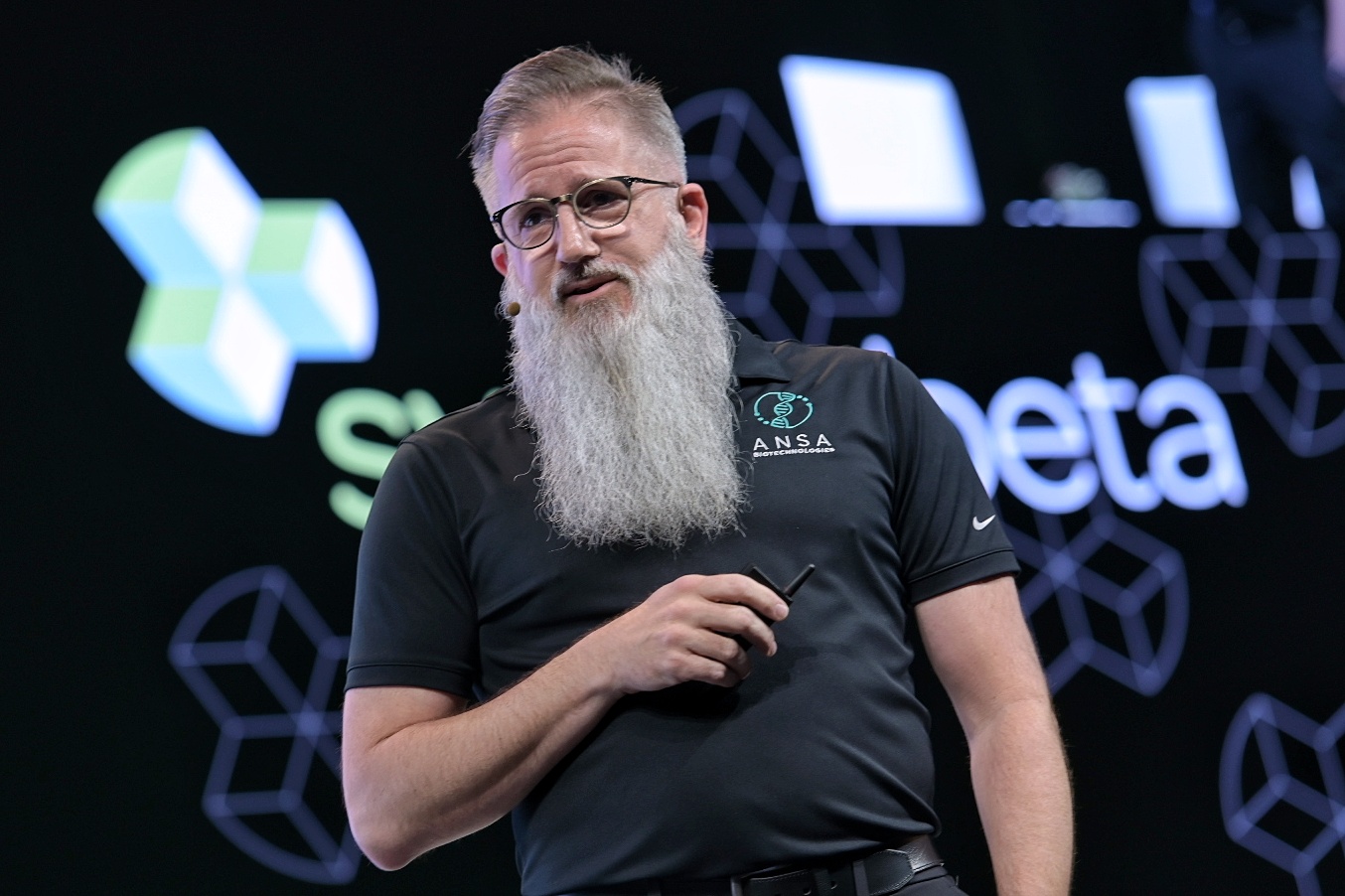
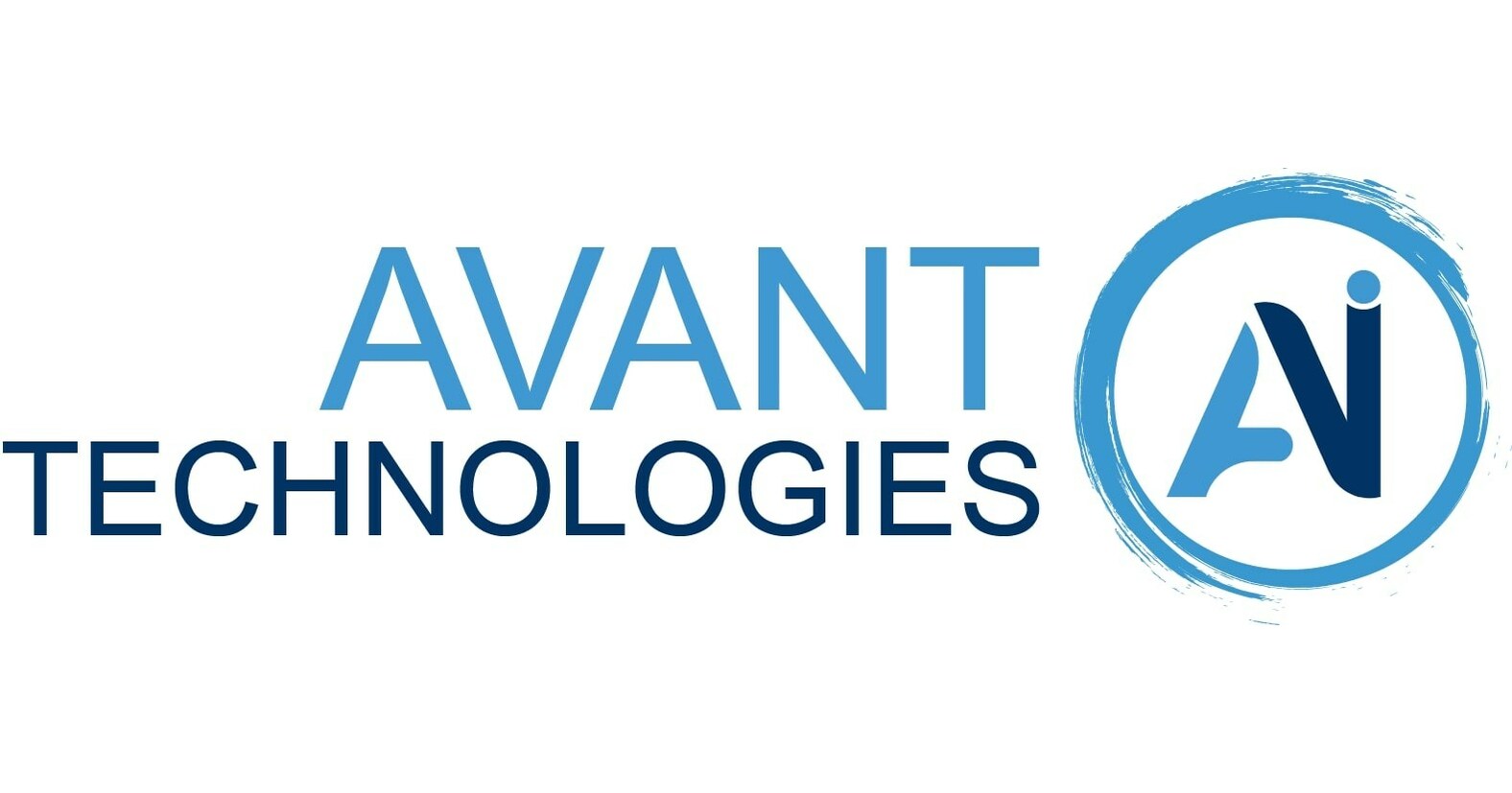
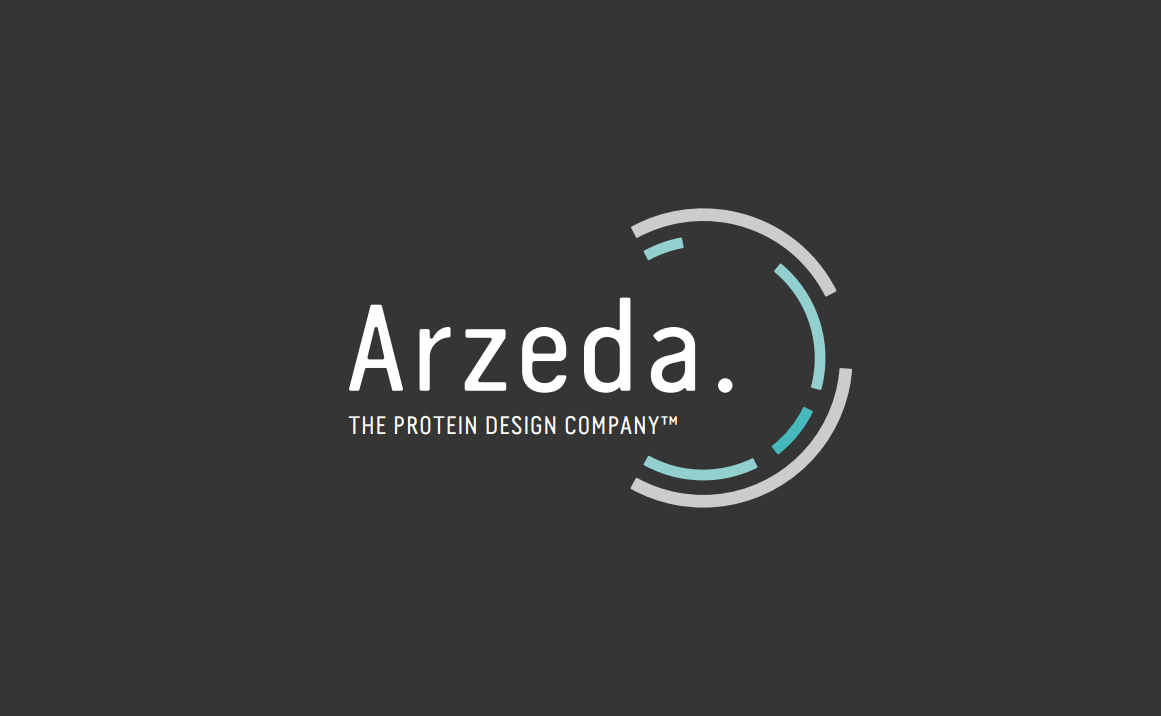
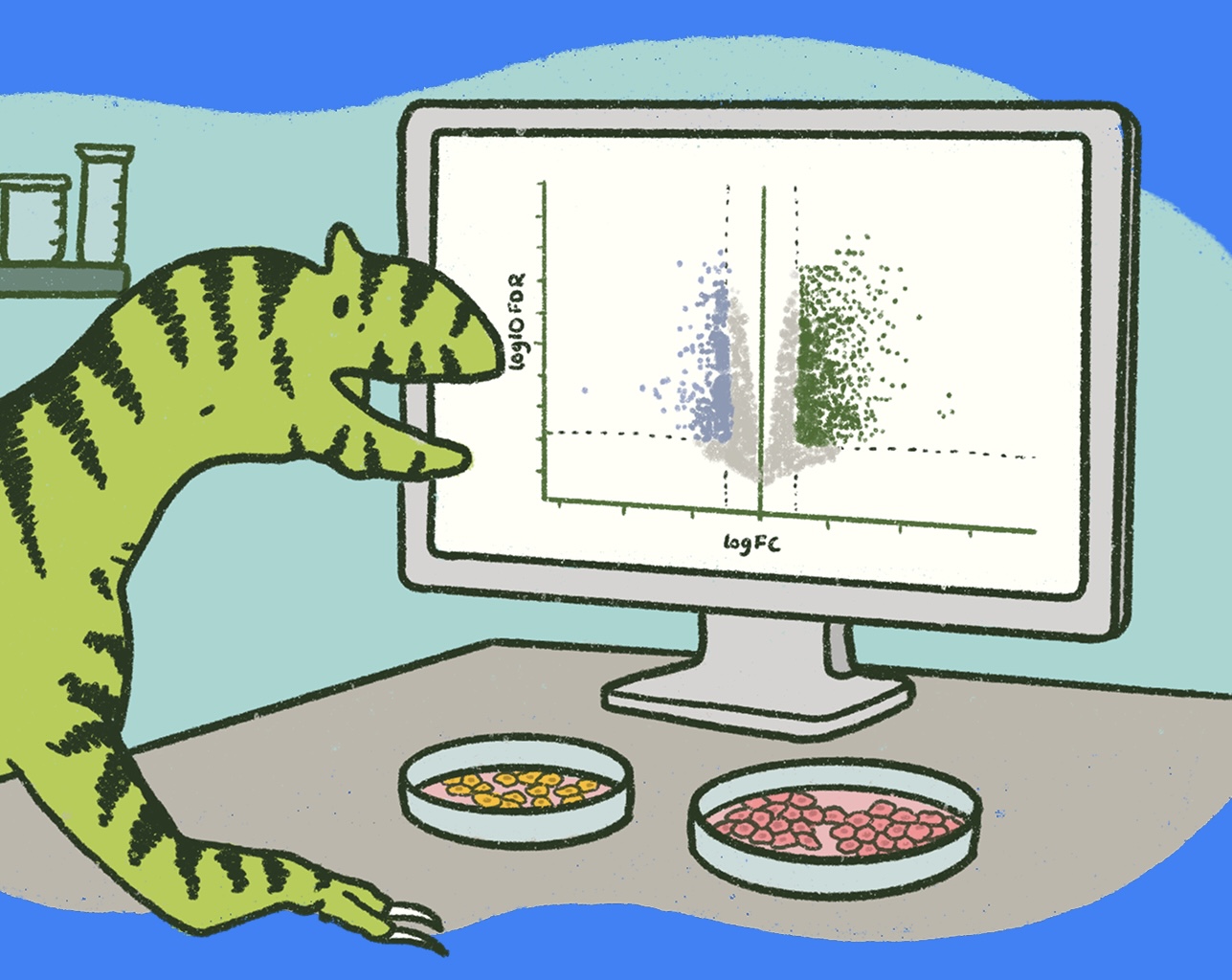
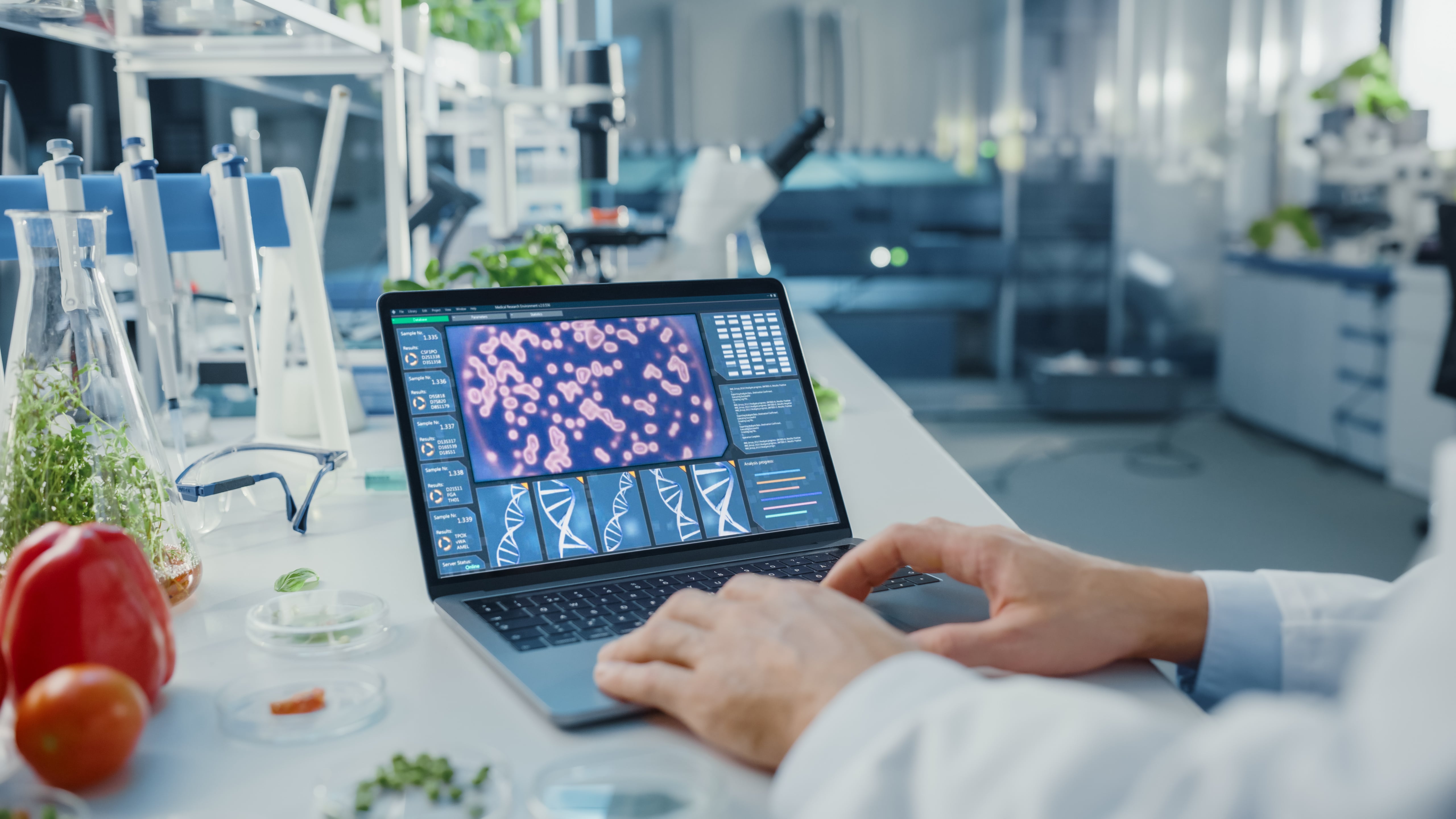
-min.png)
.gif)